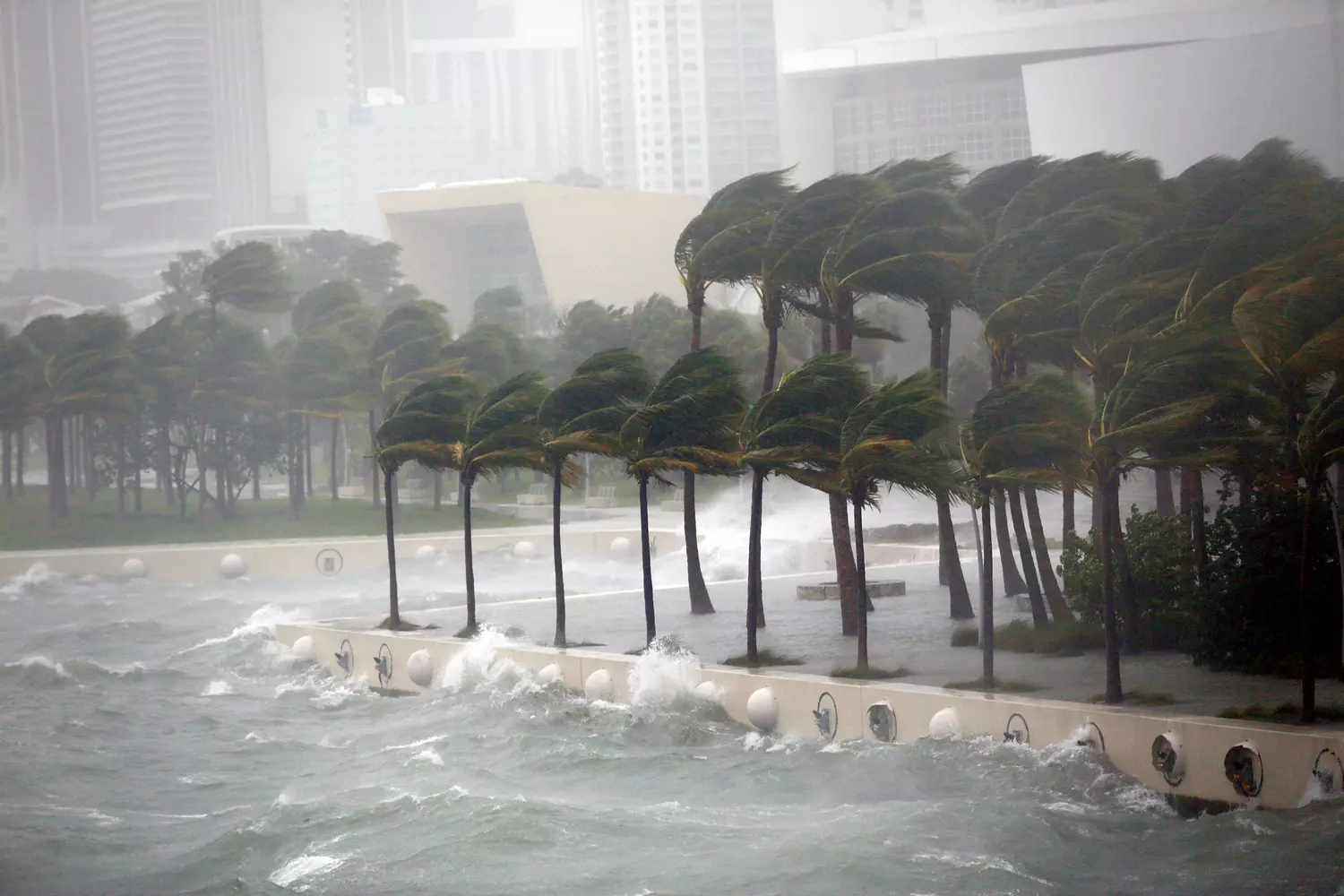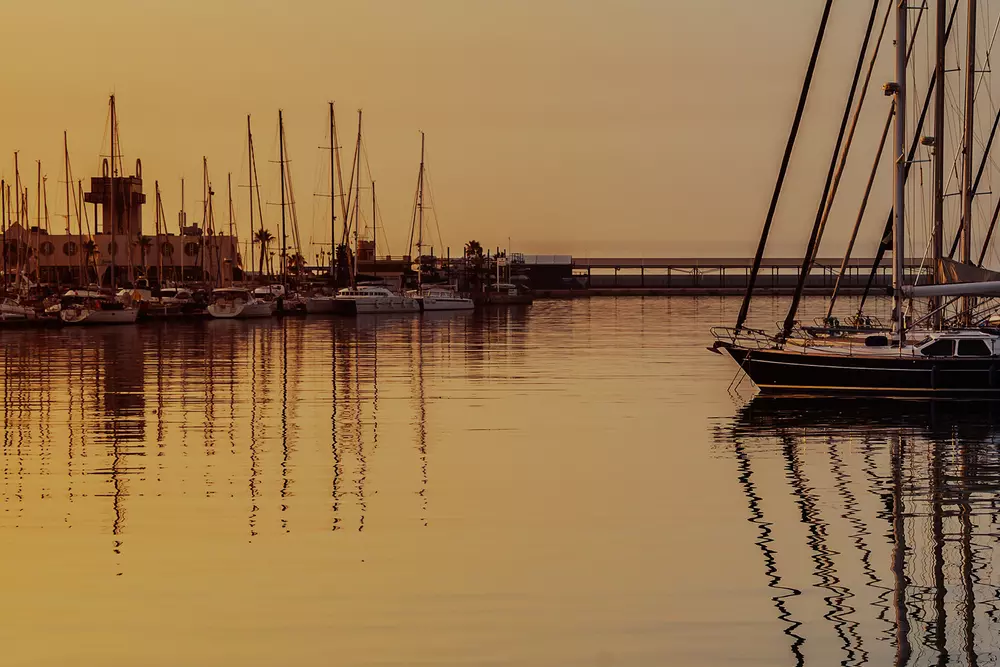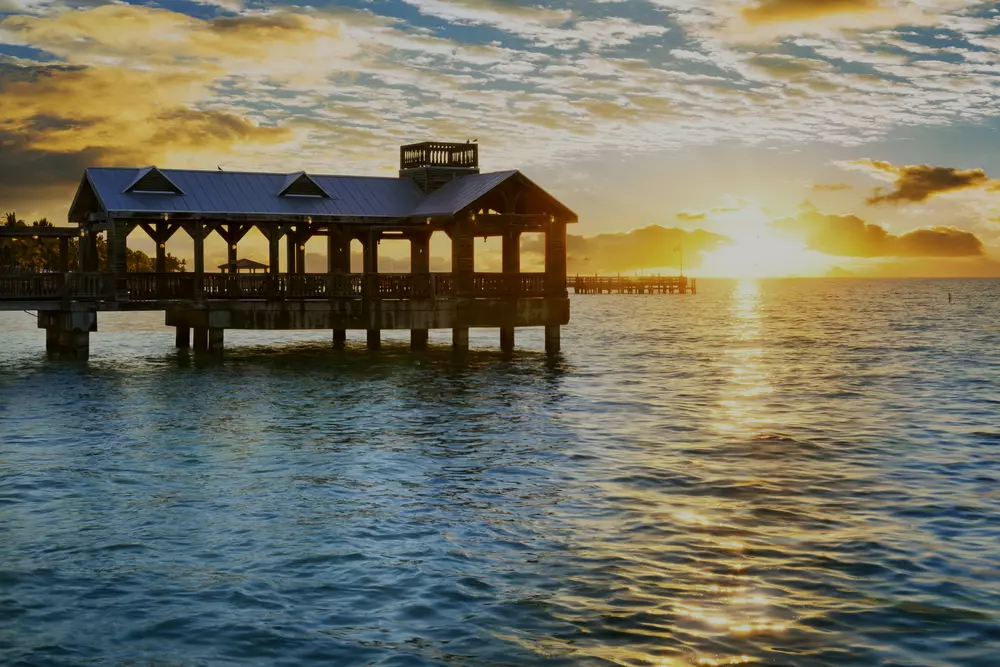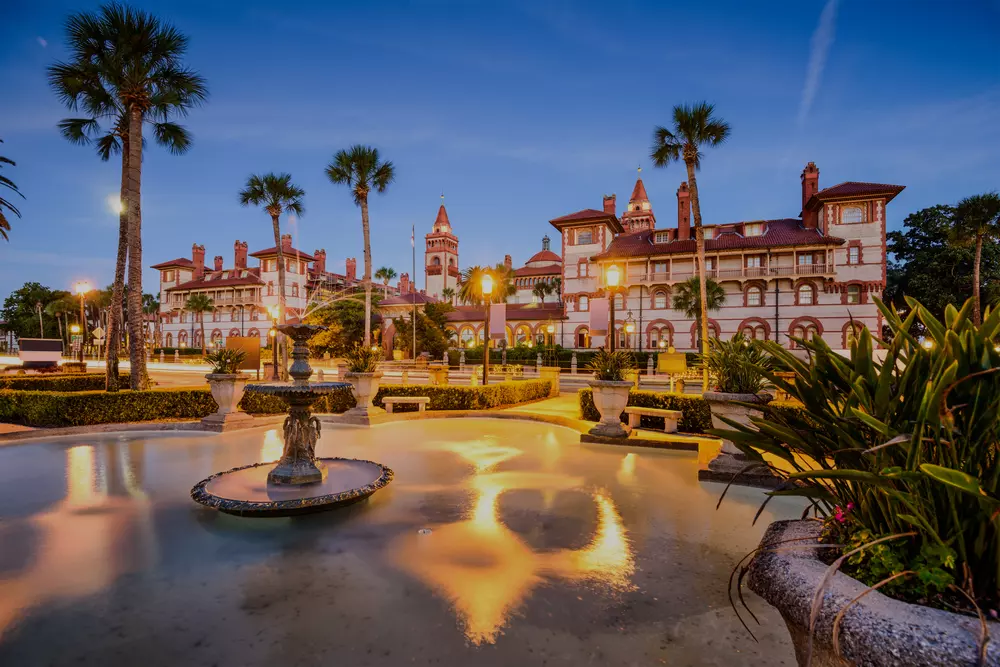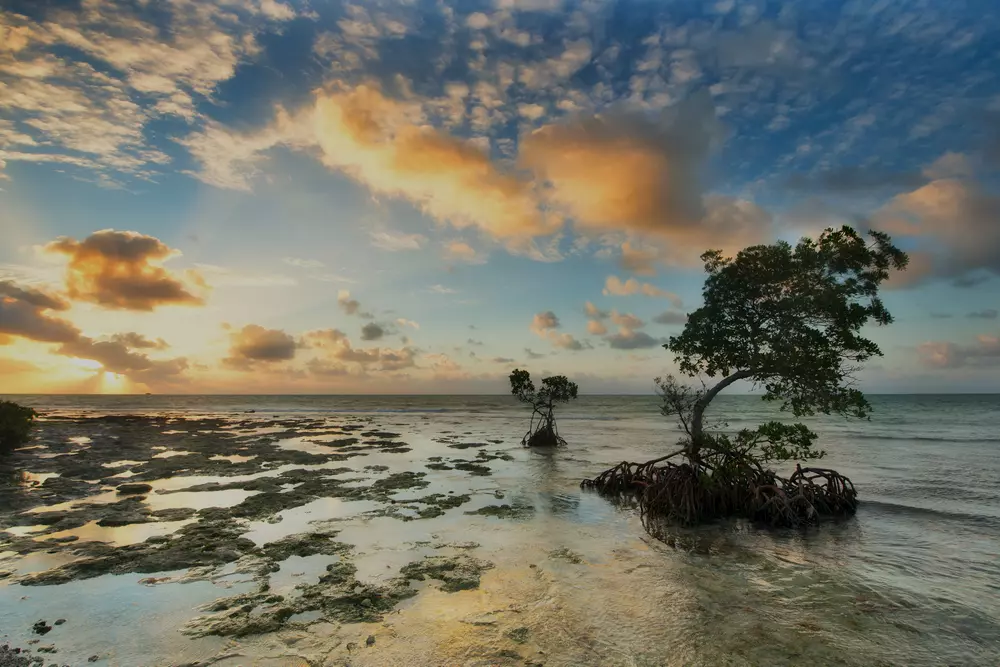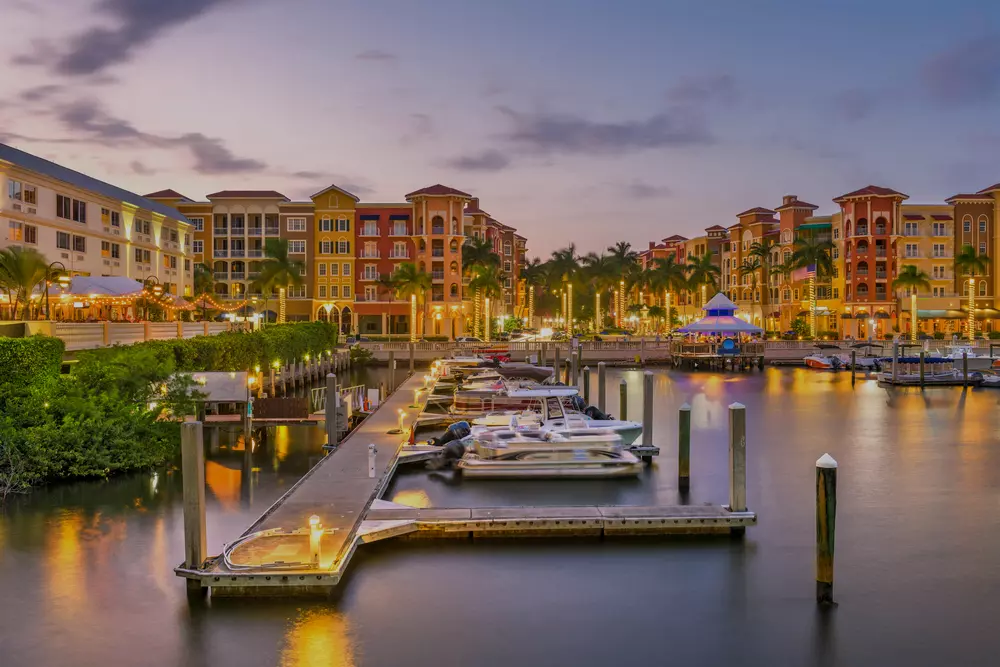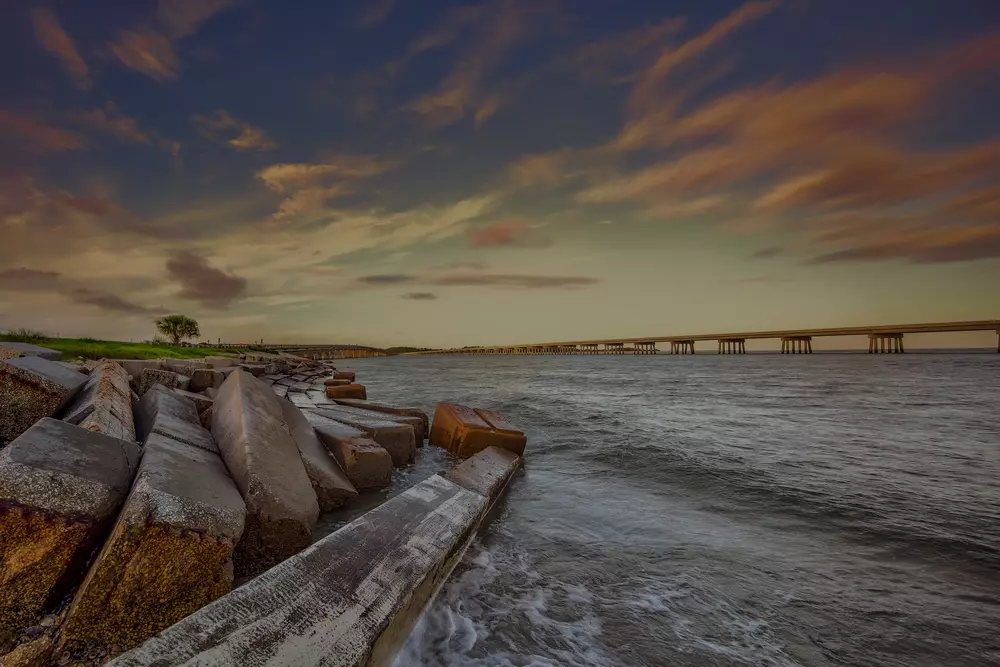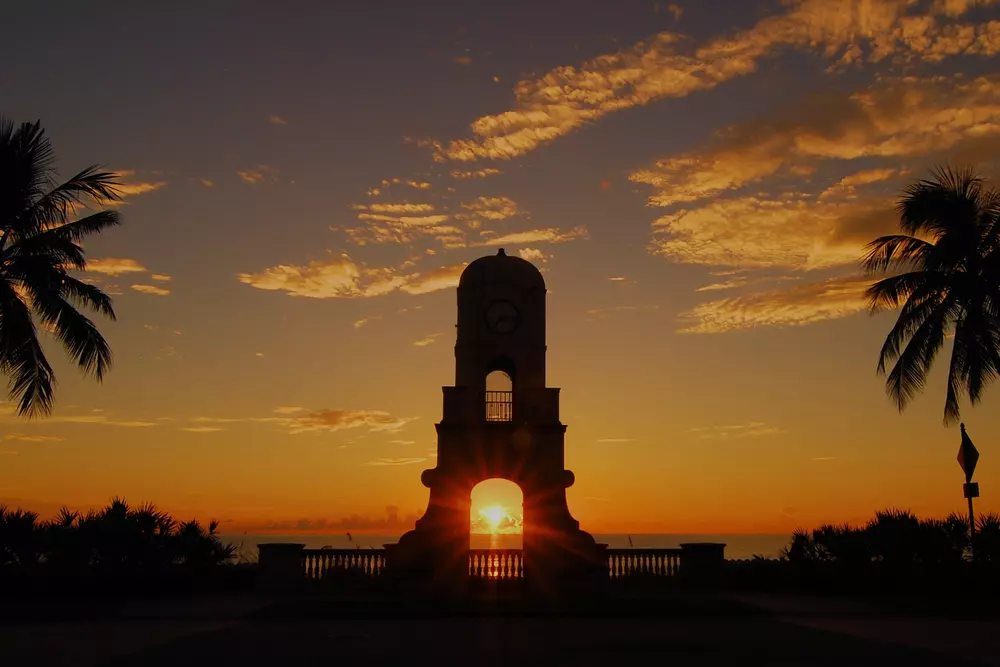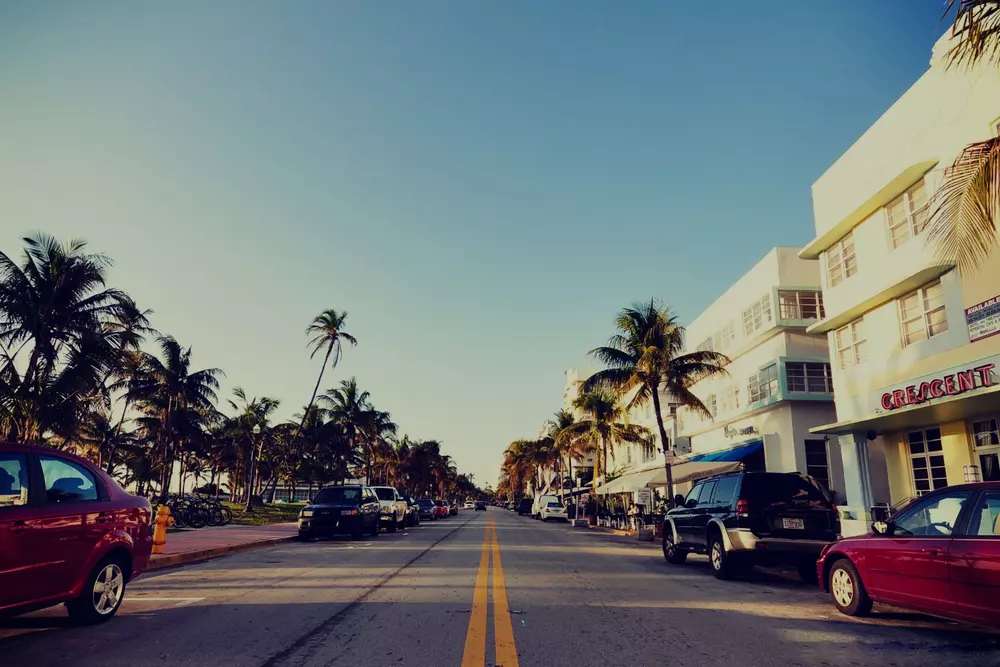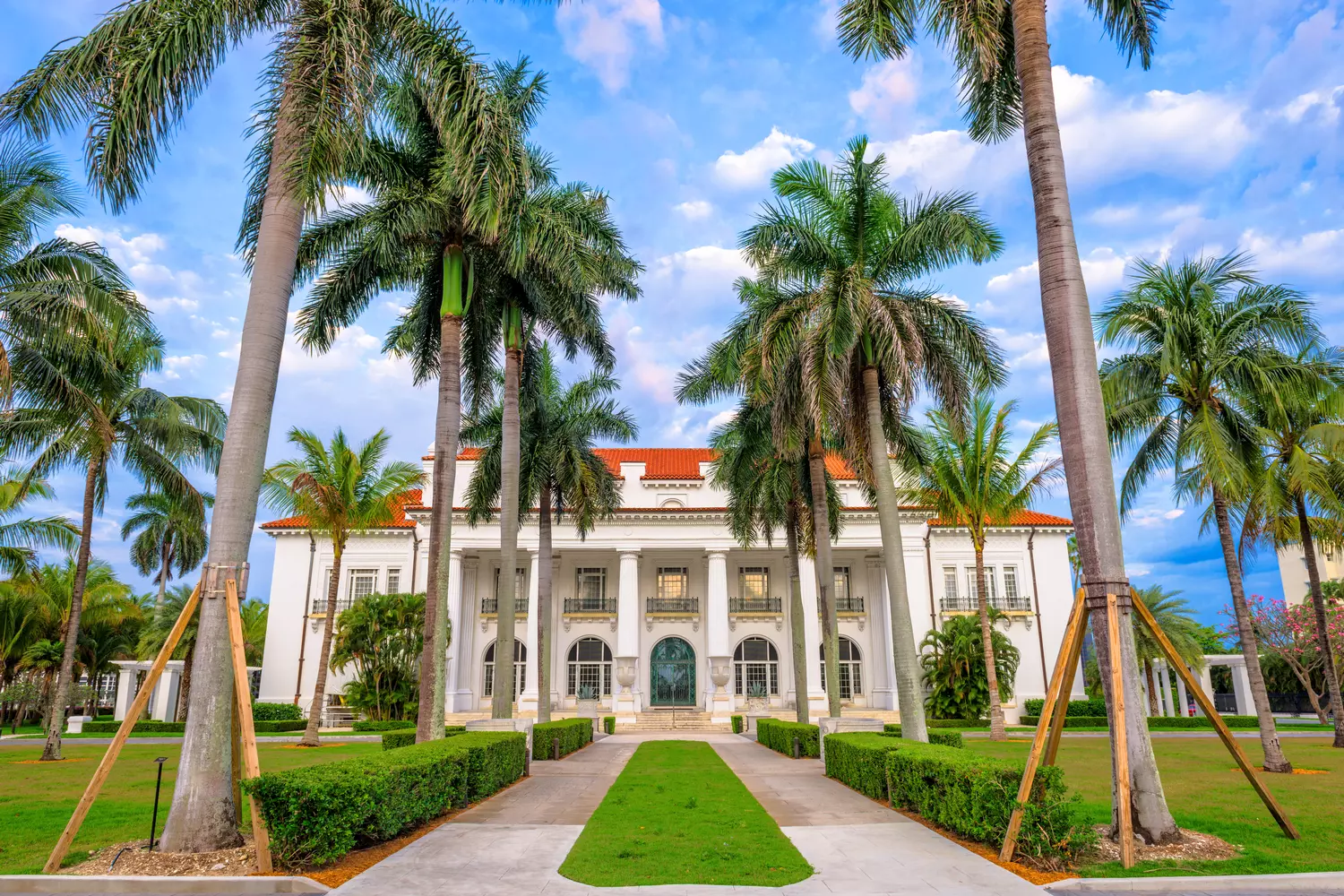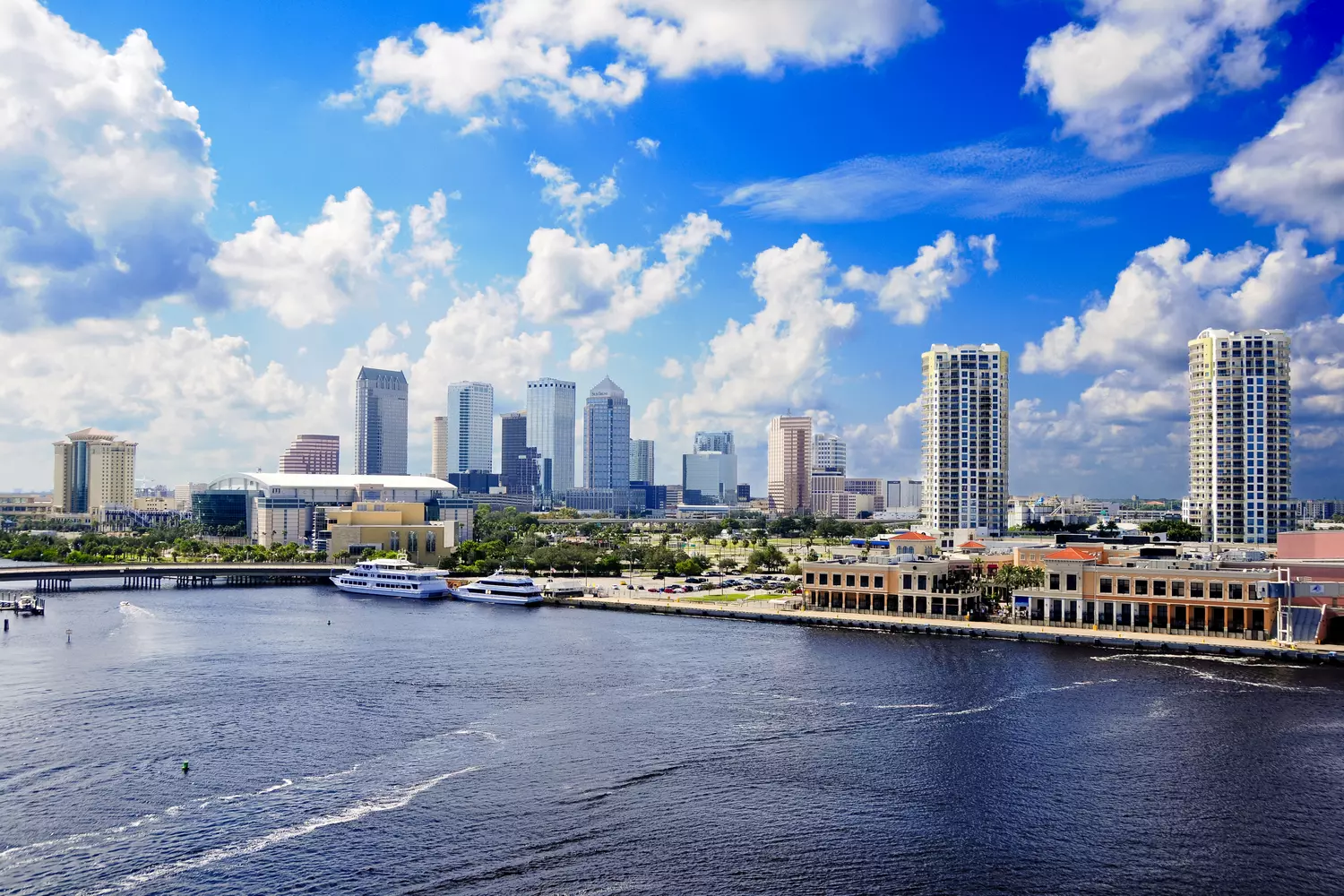Key West is not just a resort with pristine white beaches and palm trees. The history of this island is full of events that have made it a unique place on the US map. Spanish explorers, cigar merchants, pirates, hurricanes, and even the Cold War — Key West has seen a lot. Here, traces of the Spanish era, 19th-century wealth, and 20th-century military secrets coexist. This article will tell you how a small island went from forgotten Spanish lands to one of the most interesting places in America.
The Spanish and the Beginning of Key West's History
The history of Key West began with the Spanish, who were the first to map this island. In 1513, explorer Juan Ponce de León arrived here, seeking new lands for the Spanish crown. He named the island Cayo Hueso, which translates to "Bone Key." According to one version, the name came from the many human bones found on the shore — presumably, it was an ancient Indian burial ground.
The Spanish were in no hurry to establish a settlement here. Key West was far from major trade routes, and its shores were surrounded by treacherous reefs that often caused ships to wreck. However, the strategic importance of the island was obvious. It was located on the route between Florida, Cuba, and the Caribbean Sea, which made it a convenient point for sea voyages.
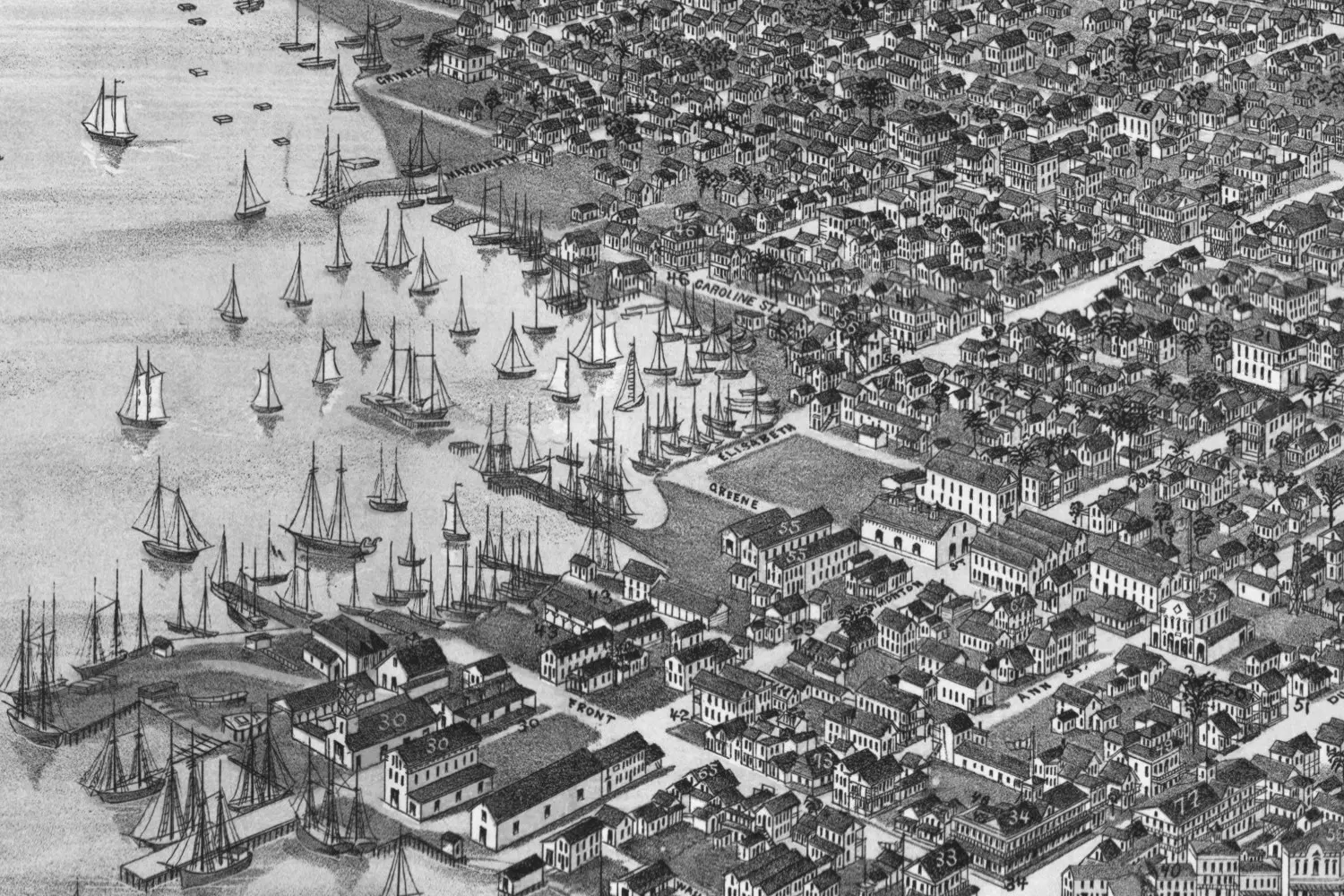
Throughout the 17th–18th centuries, Key West remained a place where Spanish ships called, but there were almost no permanent residents. The island was used by fishermen, pirates, and smugglers. At that time, sea robbers were active in the Caribbean, and Key West became a haven for them. The Spanish authorities did not attach much importance to this place, as its development required too many resources.
The situation changed in the early 19th century when Spain ceded Florida to the United States. In 1821, Key West officially became part of America. From that moment, a new stage in its history began, associated with the development of trade, the navy, and shipping. But the Spanish trace in the island's culture remained — in the language, traditions, and architecture.
The Cigar Business and Key West's Golden Age
In the second half of the 19th century, Key West transformed into one of the most prosperous cities in Florida. The cigar business played a key role in this. Cigar production became not just a craft for the island, but the foundation of the economy, attracting thousands of migrants, especially from Cuba.
Cubans began moving to Key West in the 1860s, fleeing political conflicts at home. They brought with them the skill of cigar rolling, which was valuable even by world market standards. Thanks to them, Key West became the largest producer of cigars in the United States. Factories built on the island produced goods that were not inferior in quality to Cuban ones.
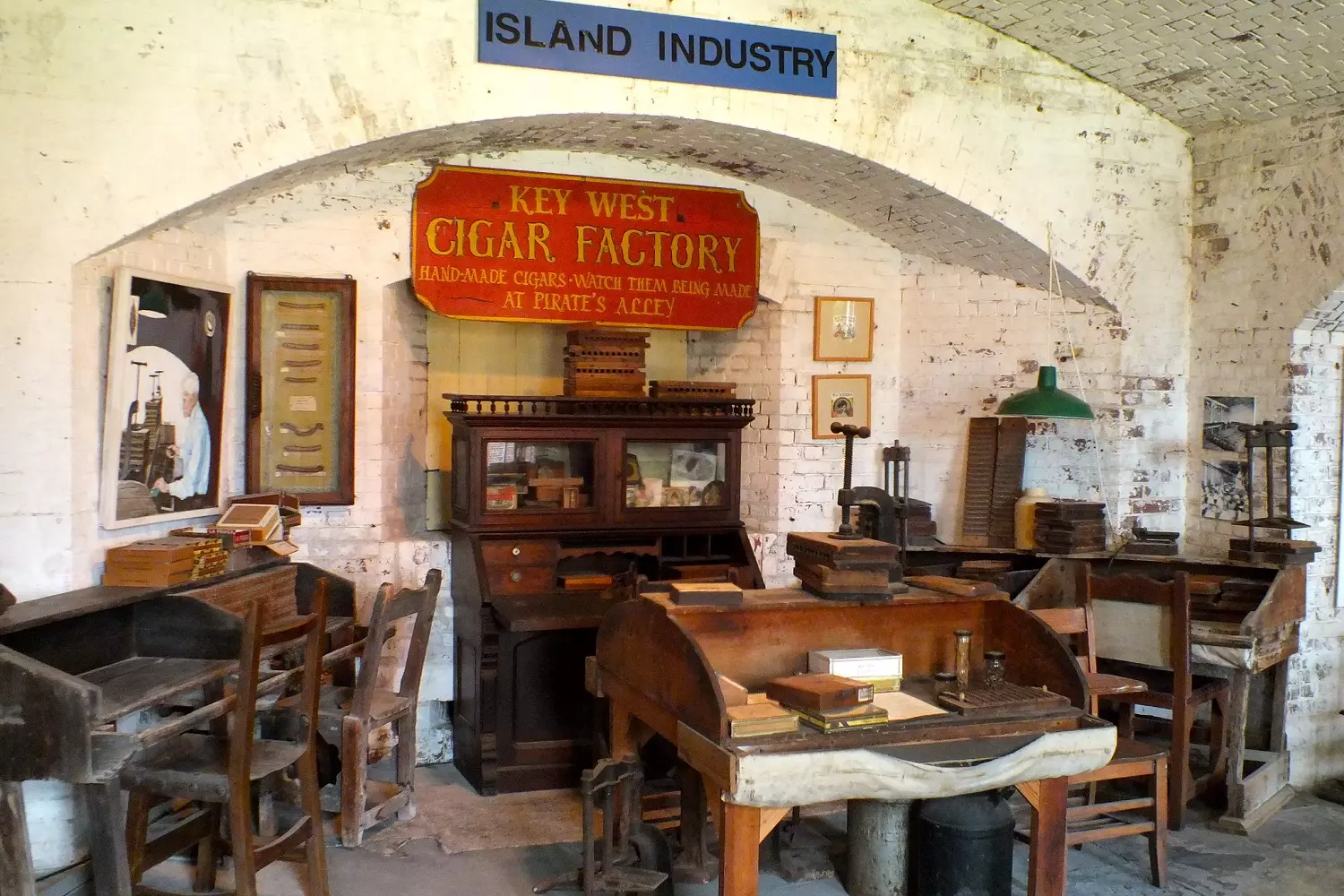
By the early 1880s, Key West was a wealthy and bustling city. More than 100 cigar factories operated here, producing millions of cigars a year. The business brought in huge money, and with it, opportunities for local residents grew. The island saw the emergence of theaters, schools, newspapers, and a railway connecting Key West to the mainland.
However, prosperity did not last long. In the late 19th century, some cigar factories moved to Tampa, where business conditions were more favorable. The climate factor also played a role — frequent hurricanes posed a threat to production. Gradually, Key West lost its status as the cigar capital, and with it, its golden age ended. The island was no longer an economic center, but its history associated with the cigar business left a mark. Even today, you can find small tobacco shops where cigars are hand-rolled according to old traditions.
Pirates, Shipwrecks, and Looting
Key West has always attracted sailors, merchants, and adventurers, but in the past, its waters were dangerous not only because of storms and reefs. In the 17th–18th centuries, pirates ruled here, and later — salvagers, who often differed little from robbers.
The shores of Key West are washed by shallow waters and coral reefs, which often caused ships to wreck. In those days, there were no modern maps and lighthouses, so ships regularly suffered wrecks. Trade ships loaded with gold, silver, and other valuables were especially vulnerable. This made Key West an ideal place for pirates who attacked damaged ships, took the loot, and disappeared into the Caribbean waters.
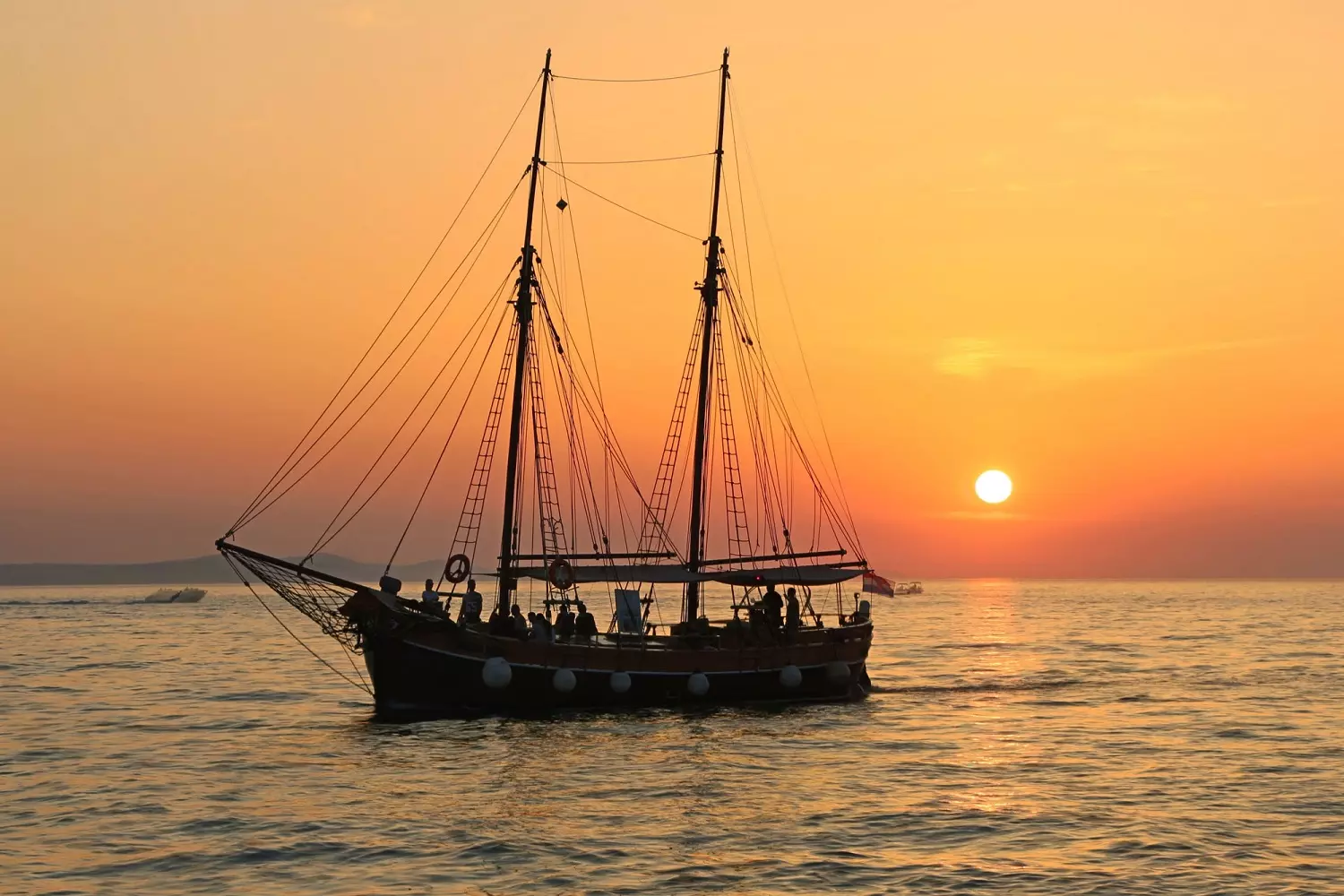
Over time, the pirates were driven out by the American authorities, but they were replaced by local salvagers — the so-called "wreckers." They were engaged in finding sunken or abandoned vessels and taking their cargo. Formally, this was considered a legal activity, but in reality, it often turned into looting. Some salvagers deliberately lured ships onto the reefs in order to claim their cargo later. Key West became the center of this industry — the income from salvage operations brought the city more money than fishing and trade.
By the mid-19th century, the situation had changed. Navigation became more accurate, lighthouses appeared, and the authorities tightened laws, limiting the activities of salvagers. Key West gradually lost its status as the main center of maritime extraction, but legends about pirates and treasure hunters still remain part of the island's history.
Devastating Hurricanes and Key West's Trials
Key West has long suffered from hurricanes. This small island is located in an area where tropical storms occur regularly, and each of them can turn into a devastating disaster.
One of the most terrible was the hurricane of 1846. The storm swept away hundreds of houses, destroyed the lighthouse, and caused serious damage to the port. After that, the authorities decided to build a new lighthouse and strengthen the buildings, but this did not save Key West from future disasters.
In 1919, the island was again under attack. Waves up to five meters high flooded most of the city, and the storm wind destroyed almost all the buildings on the coast. Many residents tried to escape in boats, but the strong current carried them out to the open sea.
The Most Destructive Hurricanes in the U.S. in the 21st Century
However, the most devastating for Key West was the 1935 hurricane, known as the "Labor Day" hurricane. It was one of the most powerful storms in US history. The wind reached speeds of more than 300 km/h, and a giant wave washed away the railway bridge connecting Key West to the mainland. Hundreds of people died, and the island itself was cut off from the outside world. After this tragedy, the railway was not restored, and instead, a highway was built.
Despite precautions, hurricanes continue to threaten Key West. In 2005, the island was hit by Hurricane Wilma — flooding inundated the streets and damaged buildings. In 2017, Hurricane Irma struck again. Locals are used to such trials, but each time recovery takes months or even years.
Today, Key West is better prepared for storms. Modern warning systems, fortified houses, and protective structures help reduce damage. However, nature continues to remind us that life on the island is always a risk.
The Cuban Missile Crisis and Key West's Military Significance
Key West has always had strategic importance due to its location. It is located just 150 kilometers from Cuba, which made it a key point for US military operations. Back in the 19th century, Fort Zachary Taylor was built here, which was used to protect the southern borders. Later, during World War II, a naval base appeared on the island, followed by aviation units.
But the real test came in 1962, when the Cuban Missile Crisis began — one of the most tense moments of the Cold War. That year, the US discovered Soviet missiles with nuclear warheads in Cuba. The American leadership perceived this as a direct threat and decided to blockade the island.
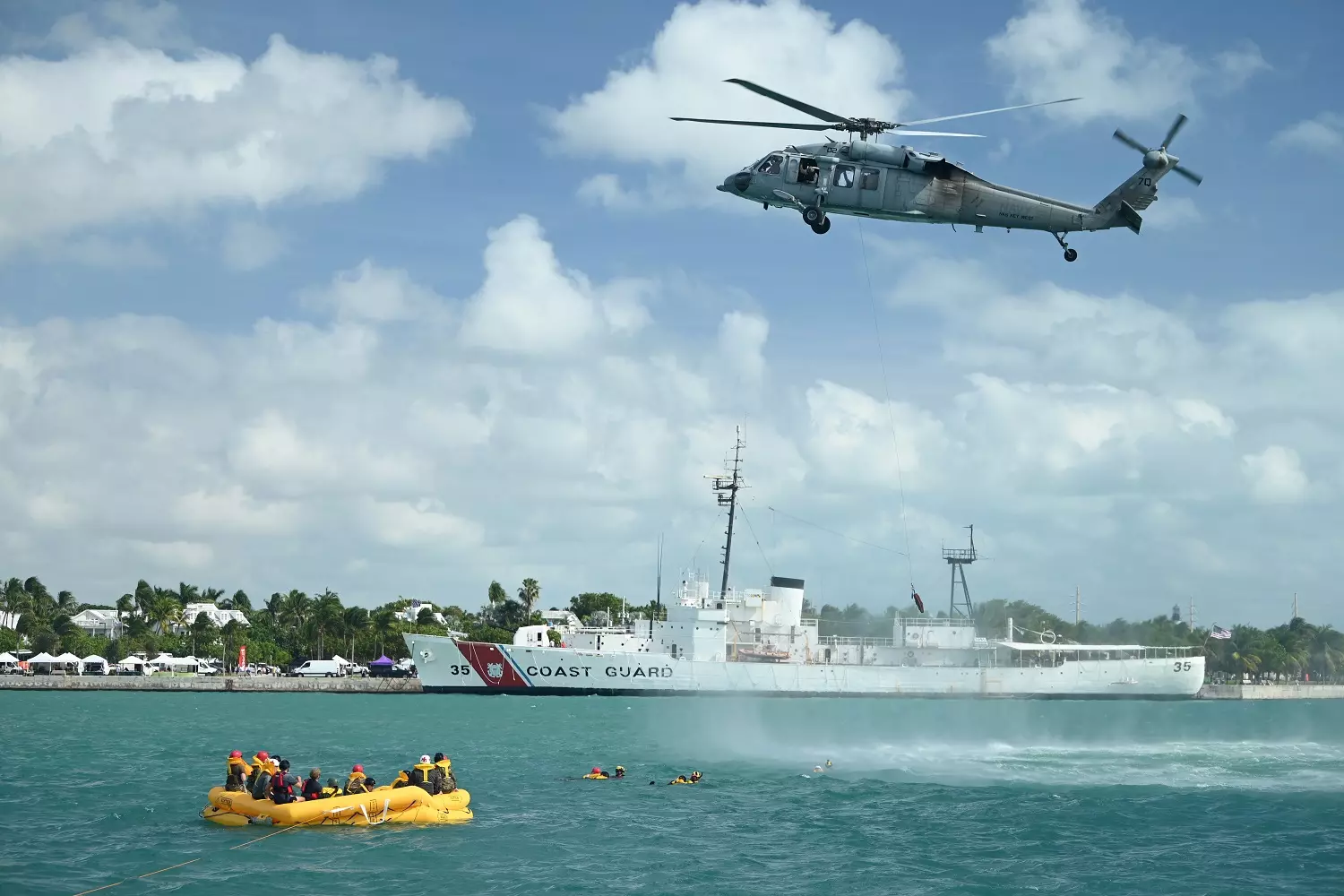
Key West found itself on the front line. Marine Corps units, warships, and reconnaissance aircraft were stationed here. The military constantly patrolled the waters, monitored the movement of Soviet ships, and prepared for a possible armed conflict. The city was in tension — residents feared that any wrong move would lead to war.
The conflict was resolved through diplomatic means, but Key West remained an important military base for a long time. During the Cold War, surveillance of Cuba was conducted from here, and the island was also used as a point for aircraft preparation and refueling. Today, the military presence has decreased, but the US Naval Air Station continues to operate. Key West still plays the role of an American defense outpost in the Caribbean region.
Key West Today: A Resort, Culture, and Heritage
Today, Key West is not just a historic town with a rich past but also a popular tourist destination. The island attracts travelers with its unique atmosphere, blending American culture with Cuban flair. Narrow streets lined with charming conch-style wooden houses, a picturesque harbor filled with yachts, breathtaking sunsets at Mallory Square, and a relaxed way of life make this place truly special.
Key West today offers:
- A Cultural Hub
The island hosts music and art festivals, theater performances, and literary evenings at Ernest Hemingway's home. - Natural Beauty
Key West is famous for its pristine beaches, coral reefs, and exceptional diving and snorkeling opportunities. The Dry Tortugas National Park is one of the most breathtaking places in the U.S. - A Gastronomic Paradise
Here, you can enjoy the freshest seafood, the legendary Key Lime Pie, and indulge in Caribbean cocktails. - Historical Tours
From the Key West Lighthouse and Fort Zachary Taylor to museums dedicated to maritime history, pirates, and U.S. military bases, the island is filled with fascinating stories.
Despite frequent hurricanes, Key West remains a destination that travelers long to return to time and again. It’s an island where history meets modern charm, where adventure awaits, and where you can unwind at a cozy bar with an ocean view.
Want to experience Key West for yourself? Book a tour with American Butler and embark on a journey through one of the most remarkable islands in the U.S.














